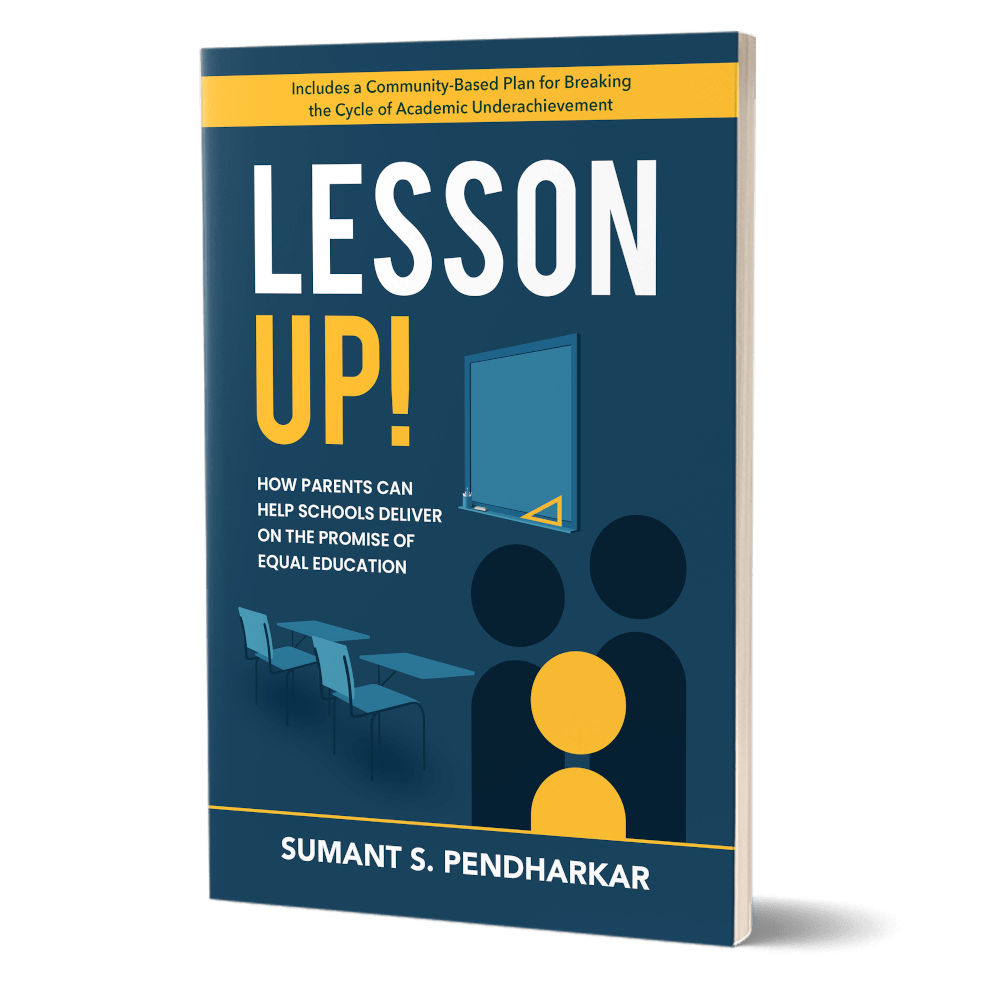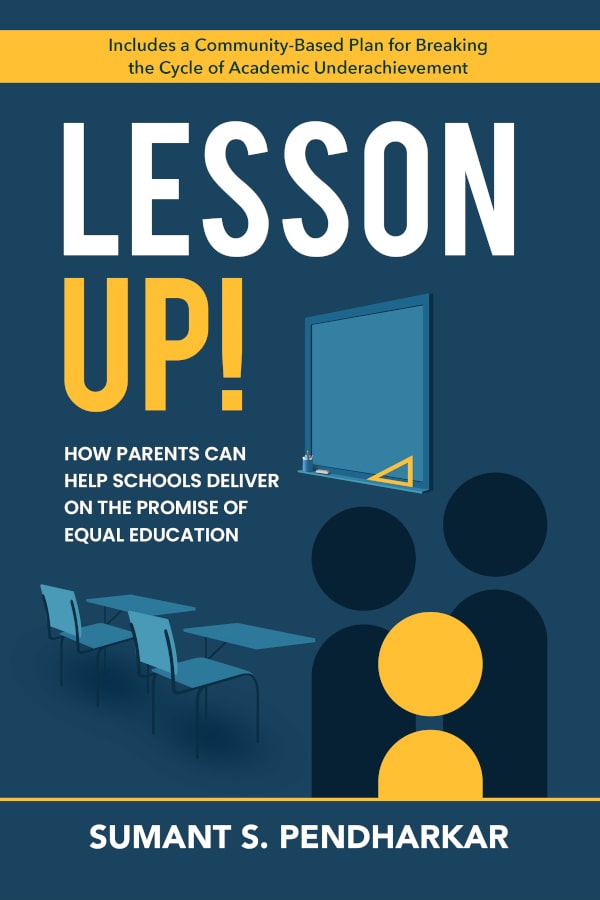A Nation At Risk
The Imperative For Educational Reform
April 1983
An Open Letter to the American People
United States. National Commission on Excellence in Education. A Nation at Risk: the Imperative for Educational Reform: a Report to the Nation and the Secretary of Education, United States Department of Education. Washington, D.C. National Commission on Excellence in Education [Superintendent of Documents, U.S. Government Printing Office distributor], 1983.
“History is not kind to idlers. The time is long past when America’s destiny was assured simply by an abundance of natural resources and inexhaustible human enthusiasm, and by our relative isolation from the malignant problems of older civilizations. The world is indeed one global village. We live among determined, well-educated, and strongly motivated competitors.”
The above report was written before the Internet came into play and made the phrase “… our relative isolation….The world is indeed one global village” prescient. The introduction of the Internet was just a few years away, and competition found its way to the shores of the US.
- Many 17-year-olds do not possess the “higher order” intellectual skills we should expect of them. Nearly 40 percent cannot draw inferences from written material; only one-fifth can write a persuasive essay; and only one-third can solve a mathematics problem requiring several steps.
- Some 23 million American adults are functionally illiterate by the simplest tests of everyday reading, writing, and comprehension.
- There was a steady decline in science achievement scores of U.S. 17-year-olds as measured by national assessments of science in 1969, 1973, and 1977.
- Between 1975 and 1980, remedial mathematics courses in public 4-year colleges increased by 72 percent and now constitute one-quarter of all mathematics courses taught in those institutions.
- Business and military leaders complain that they are required to spend millions of dollars on costly remedial education and training programs in such basic skills as reading, writing, spelling, and computation. The Department of the Navy, for example, reported to the Commission that one-quarter of its recent recruits cannot read at the ninth grade level, the minimum needed simply to understand written safety instructions. Without remedial work they cannot even begin, much less complete, the sophisticated training essential in much of the modern military.
- ‘40 to 60 percent of incoming college students require remediation in English, Math, or both.’
- 21 percent of adults in the US are illiterate in 2022 and 54 percent of adults have a literacy below the 6th grade level. (source:Thinkimpact.com)
- Achievement gaps persist between different races or socioeconomic statuses.
How did the US come to the point where some students from a high school are at or better than grade level, and headed to post-secondary education without needing remedial programs, while their classmates are likely to be stuck in low paying jobs?
Have you ever wondered, why, after billions of dollars are donated for improving educational outcomes, the results are dismal?
What do we need to do to improve student academic performance?
How do we equalize the playing field so that all students have similar support as students from educated and/or affluent families?
How do we create a workforce that can compete against highly educated and skilled workers from other countries that take up jobs in American companies?
The USA leads the world in science and technology and innovation. It gives us companies such as Microsoft, Apple, Tesla, and Facebook. These companies require highly skilled, educated workers, and if they can’t find them here, they’ll either hire foreign born workers, or outsource their work to other countries.
As an immigrant from India, my observations and experiences started in 1985, and everything I have written here is what I have experienced personally, read about, and received opinions and inputs from those born in the US, as well as immigrants. I have the unique advantage of an outside-in perspective. I travel extensively and contrast how education is approached elsewhere worldwide in comparison to the US.
What started as a journey to identify issues that prevented the youth from being prepared for jobs in a tech economy expanded to this question: What is holding back student academic success in K through twelve, as well as post-secondary education, and overall preparedness to enter the workforce?
A eureka moment 16 months into a pilot program implemented by the team at K12 Counts at a high school in San Jose, California, brought it all together for me as to why dismal statistics as above persist.
I am sharing my observations and experiences based on a twenty plus year journey researching and writing this book, Lesson Up!
I have split it loosely into three sections – pre-pandemic, the present, and coming out of the present to a better future.
As a bonus, I have included my earlier book, ‘Raising Yourself: Making the Right Choices’ in the appendix. I realized in the 1990s that children often raise themselves in the US, unlike other countries, where the parents raise their children. Writing the book Raising Yourself identified issues that prompted me to set up the nonprofit organization – K12 Counts.
Before you visit the Solution tab, I would highly recommend you read Lesson Up! We need to be on the same page (pun intended). Together, we can:



